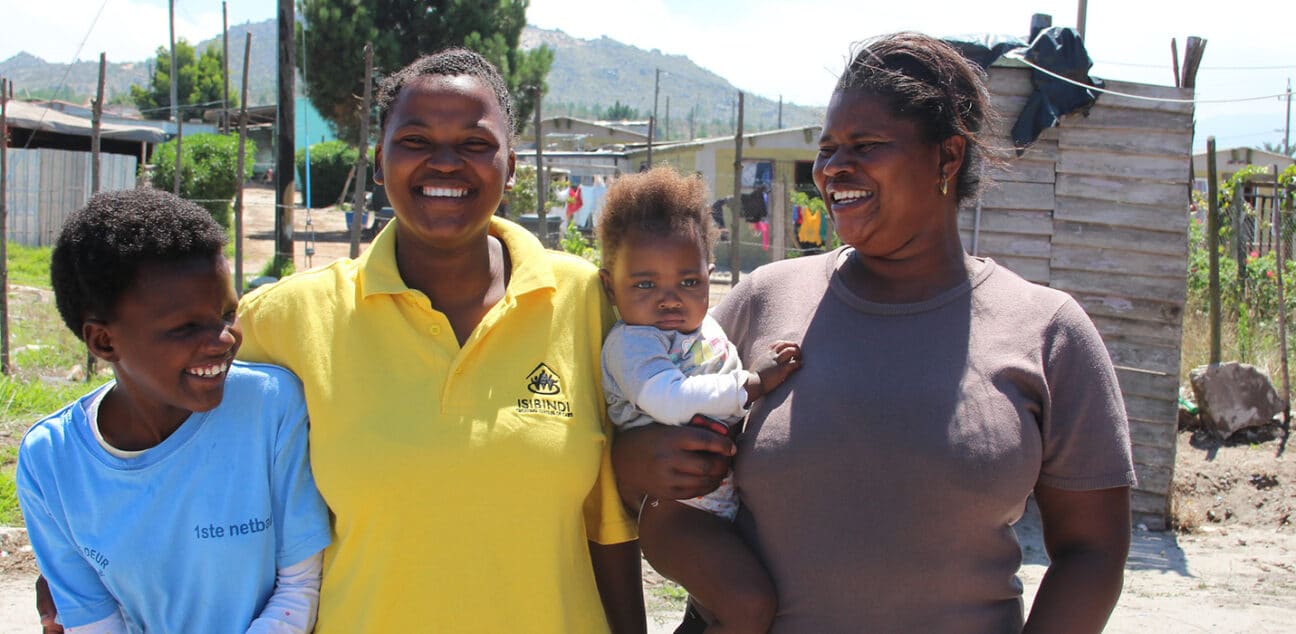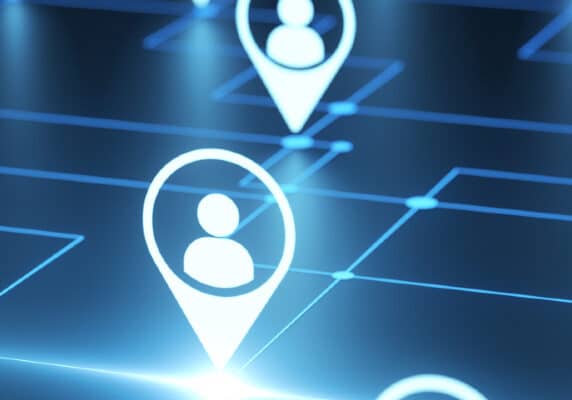Inclusion counts: how to collect better disability data
Data is key to ensuring the impact of the Sustainable Development Goals (SDGs) reaches the world’s most marginalised people.
But a lack of investment in disability inclusion across programmes and advocacy has meant that there is often little data recorded on disability.
How can we know if our work is reaching people with disabilities if we don’t have the data?
Disability Data Lab
Responding to this demand for collecting better and usable evidence, Bond’s Disability and Development Group hosted a Disability Data Lab. Part of a series of disability mainstreaming activities, leading experts in the disability data field came together to share learning on collecting and using disability data.
Over 70 participants attended the workshop where they learned about the Washington Group Questions, how to collect data on children, data collection in humanitarian settings, collecting mental health data, using data for advocacy and discovering how qualitative data can bring numbers to life.
Here are some actions to help you better collect and use data.
4 ways NGOs can collect better data on disability
- Start small and build. Collecting large amounts of data on disability can seem overwhelming. But by beginning to collect data on specific projects you can test what works for your organisation.
- Share what you know. If you have methods that are working for your organisation, then tell others. It is important that we feed these methods back into the sector so that we continue to strengthen our knowledge of disability. The more we know, the better we are. Even if we’re learning what doesn’t work.
- Use tools that already exist. If you have a data collection system within your organisation already, look at how this can be utilised for collecting data on disability. There are also more specialised tools such as Washington Group Questions and Model Disability Surveys. While these are not perfect, they are being widely used, and there’s lots of guidance available on how best to use them.
- Include people with disabilities in data collection processes. Ensure that your disability data collection processes are fully accessible and will allow all people with disabilities to participate. Their stories matter.
Subscribe to our newsletter
Our weekly email newsletter, Network News, is an indispensable weekly digest of the latest updates on funding, jobs, resources, news and learning opportunities in the international development sector.
Get Network NewsThese tips, along with information about the tools available and recommendations from organisations collecting disability data are captured in the Data Lab learning document. You can also check out what the data experts had to say about the Data Lab and why inclusion counts in our event video.
Leave no one behind
If we wish to adhere to the SDGs, and the mantra to “leave no one behind”, we must ensure people with disabilities are included in development and humanitarian efforts.
If we don’t collect data on who benefits from our work and how, then very little will change in the lives of people with disabilities by 2030. NGOs must join the growing movement to ensure robust disability disaggregated data.
Category
News & viewsThemes
MEL



